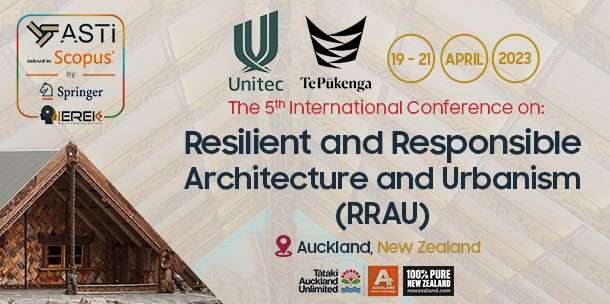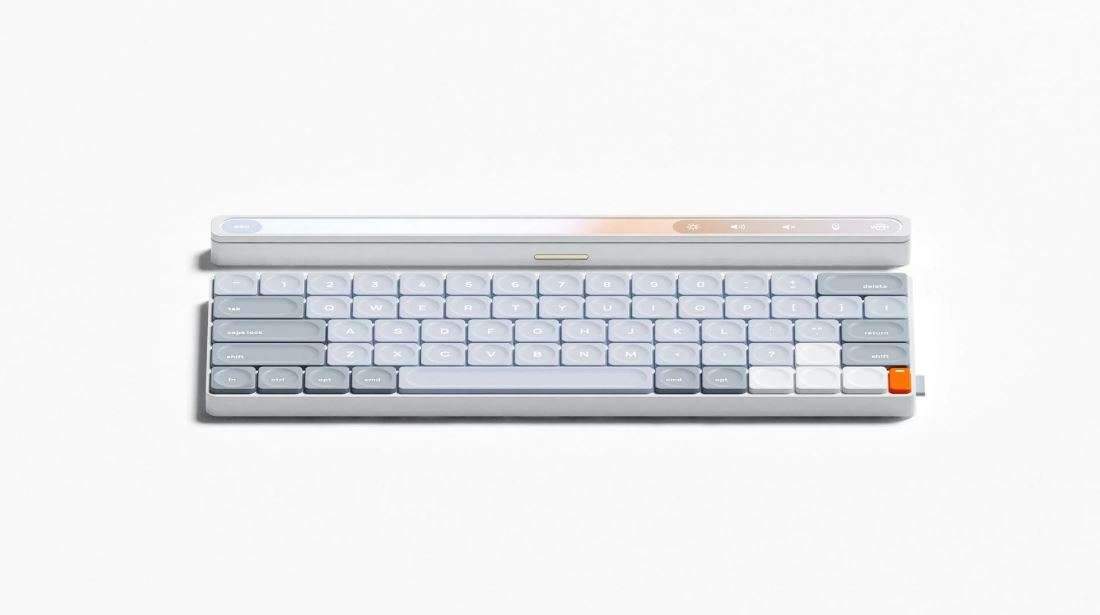Understanding the Weight of Backfill Materials: Implications for Construction and Architecture
Understanding the Weight of Backfill Materials: Implications for Construction and Architecture
When planning a construction project, one of the most overlooked yet critical considerations is the weight of backfill materials. The density and weight of these materials can have a significant impact on structural integrity, foundation design, and overall project feasibility. This article dives deep into the science of backfill weights, exploring the differences between common materials such as ordinary soil, volcanic soil, Riyadh sand, zero gravel, and others, and their implications for construction projects.
Backfill Weight and Thickness: A Practical Example
To put things into perspective, let’s consider a 10 cm (0.1 m) thick layer of backfill over a 1 m² area. The weight of the backfill depends on its density, which varies significantly between materials. Here’s a quick calculation for different materials, assuming uniform compaction:
- Ordinary Soil: With an average density of 1,600 kg/m³, the weight for 0.1 m thickness is: 1.6 ton/m³×0.1 m×1 m²=160 kg1.6 \, \text{ton/m³} \times 0.1 \, \text{m} \times 1 \, \text{m²} = 160 \, \text{kg}
- Volcanic Soil: Typically lighter with a density of 1,200 kg/m³: 1.2 ton/m³×0.1 m×1 m²=120 kg1.2 \, \text{ton/m³} \times 0.1 \, \text{m} \times 1 \, \text{m²} = 120 \, \text{kg}
- Sand: A common backfill in the Gulf region, with a density of 1,800 kg/m³: 1.8 ton/m³×0.1 m×1 m²=180 kg1.8 \, \text{ton/m³} \times 0.1 \, \text{m} \times 1 \, \text{m²} = 180 \, \text{kg}
- Zero Gravel (Crushed Stone): Denser at 2,000 kg/m³: 2.0 ton/m³×0.1 m×1 m²=200 kg2.0 \, \text{ton/m³} \times 0.1 \, \text{m} \times 1 \, \text{m²} = 200 \, \text{kg}
- Bat’ha (Coarse Sand): Common in Saudi Arabia, with an average density of 1,700 kg/m³: 1.7 ton/m³×0.1 m×1 m²=170 kg1.7 \, \text{ton/m³} \times 0.1 \, \text{m} \times 1 \, \text{m²} = 170 \, \text{kg}
- Cement Mortar (Plaster or Screed): Often used in leveling, with a density of 2,200 kg/m³: 2.2 ton/m³×0.1 m×1 m²=220 kg2.2 \, \text{ton/m³} \times 0.1 \, \text{m} \times 1 \, \text{m²} = 220 \, \text{kg}
The Role of Density in Structural Planning
Density directly affects the weight load applied to a structure. For example:
- Using volcanic soil instead of ordinary soil for backfill can reduce weight by 25%, offering potential savings in foundation costs.
- In contrast, using denser materials like zero gravel increases stability but adds significant weight, which must be accounted for in load calculations.
Material Comparison: Key Insights
| Material | Density (kg/m³) | Weight for 10 cm Layer (kg/m²) | Characteristics |
|---|---|---|---|
| Ordinary Soil | 1,600 | 160 | Readily available; good for general backfill but heavy. |
| Volcanic Soil | 1,200 | 120 | Lightweight; ideal for areas requiring reduced load. |
| Riyadh Sand | 1,800 | 180 | Common in Gulf regions; excellent for compaction and drainage. |
| Zero Gravel | 2,000 | 200 | High stability; suitable for structural layers but adds significant load. |
| Bat’ha (Coarse Sand) | 1,700 | 170 | Popular in Saudi Arabia; balances weight and compaction. |
| Cement Mortar | 2,200 | 220 | Used for leveling; heavy and increases structural load significantly. |
Implications for Building Design
- Load Calculations: Selecting the wrong backfill material can overload foundations, leading to structural instability or increased costs in reinforcement.
- Sustainability: Lightweight options like volcanic soil not only reduce load but also minimize transportation energy, aligning with green building principles.
- Drainage and Stability: Materials like Riyadh sand and zero gravel excel in drainage but require careful planning to avoid overloading structures.
Future Innovations in Backfill Materials
Emerging materials, such as geopolymers and lightweight synthetic fills, promise to revolutionize backfill practices. These alternatives are designed to minimize weight while maintaining structural integrity and environmental benefits.
- Aerated Soils: Incorporating air pockets to reduce weight.
- Recycled Materials: Utilizing industrial byproducts like fly ash to enhance sustainability.
Conclusion
Understanding the weights and densities of backfill materials is not just a technical detail it’s a cornerstone of sustainable and cost-effective building design. By selecting the right material, architects and engineers can optimize structural performance, reduce costs, and align with environmental goals.
For your next project, consider not just the cost but the long-term impact of your backfill choice. The right material today can mean a stronger, more sustainable structure tomorrow.






